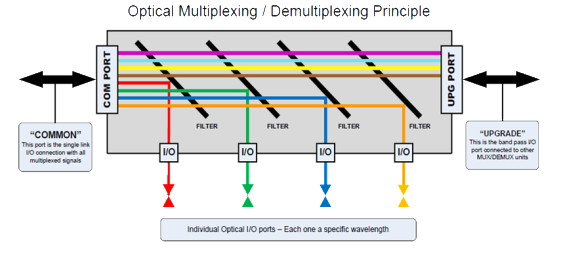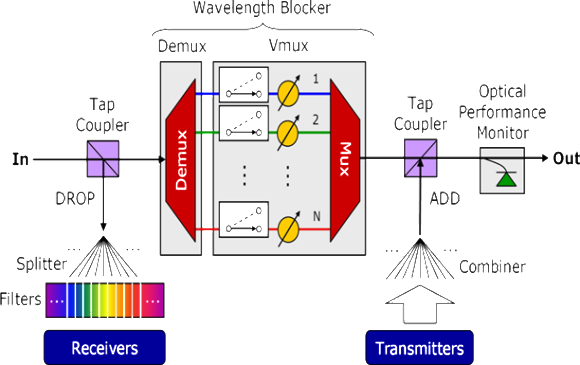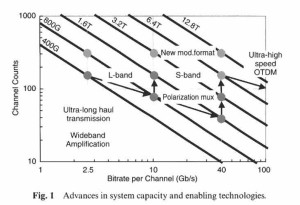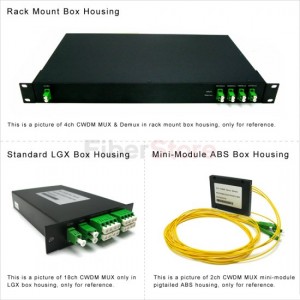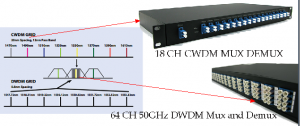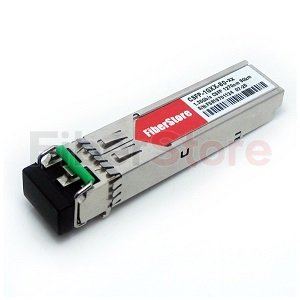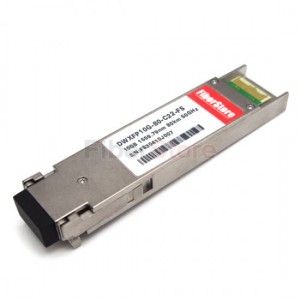In twenty-first century, there is a growing volume of data traffic which requires a higher bandwidth capacity. But this explosion in consumer demand for bandwidth makes long-haul networks cop with fibre exhaust. To respond to this explosive growth in bandwidth demand, many long-haul providers use dense wavelength division multiplexing (DWDM) technology to enhance the capacity of propagating data.

Wave Division Multiplexing: Light in different colors can be combined on the same fibre
DWDM Solution — Efficient for Long-haul Provider
DWDM is an efficient solution for long-haul providers. It can increase the capacity of embedded fibre by first assigning incoming optical signals to specific frequencies within a designated frequency band and then multiplexing the resulting signals out onto one fibre. Compared to CWDM (coarse wavelength division multiplexing), DWDM has smaller channels spacing, enabling more signals with higher precision to be combined on the same fibre. It is typically used for long-haul system for its more channels to transport data. DWDM typically has the capability to transport up to 96 channels (wavelengths) in what is known as the Conventional band or C-band spectrum. Fiberstore provide DWDM Mux/Demux various from 4 channels to 96 channels. For better use at present and in the future, we offer plug-in FMU DWDM Mux/Demux (Check FMU DWDM Mux/Demux). With the advancement of DWDM technology, even 160 channels (wavelengths) can be transported within the same fibre, which allows as many as signals be transported simultaneously. DWDM can also combine multiple optical signals, which makes them be amplified as a group and transported in high speed and large volume. So DWDM technology is one of the best choices for transporting extremely large amounts of data traffic over metro or long distances in optical networks.

Wavelength Regions
DWDM Solution — Economical for Long-haul Provider
DWDM technology is also an economical solution for long-haul providers. A DWDM infrastructure can increase the distance between network elements, benefiting long-haul providers who look to reduce their initial network investments significantly. The fibre optic amplifier component of the DWDM system also enables long-haul providers to save costs without by taking in and amplifying optical signals without converting them to electrical signals. Furthermore, DWDM can provide a broad range of wavelengths in 1.55-μm region within C-band, which is showed in the picture “Wavelength Regions”. With a DWDM system multiplexing more wavelengths on a singer fibre, carriers can decrease the number of regenerators in a long-distance networks, resulting in fewer interruption and improved capacity with less loss.
Proven to be the optimal way of combining advanced functionality with cost efficient transport, DWDM technology is also friendly-used. The long-haul providers can integrate the DWDM technology easily with existing equipment in the network for the interface is bit-rate and format independent. And as continuous growth in data traffic, the long-haul providers will have an increasing reliance on improved DWDM technology to ensure good capacity of data transmission.
FS.COM DWDM Solution
Fiberstore supplies a complete series of WDM optical network solutions such as multiplexers, amplifiers, transceivers, etc. Especially, Fiberstore produce and stock for a full range of DWDM products to help build and expand fibre optic networks. For example, Fiberstore offers DWDM MUX/DEMUX Modules with 50GHz/100GHz/200GHz channel spacing, DWDM OADM modules with various configurations and DWDM Transceivers (SFP, SFP+, XFP, GBIC, X2, XENPAK) supporting 155Mbps to 10Gbps data transmissions.

